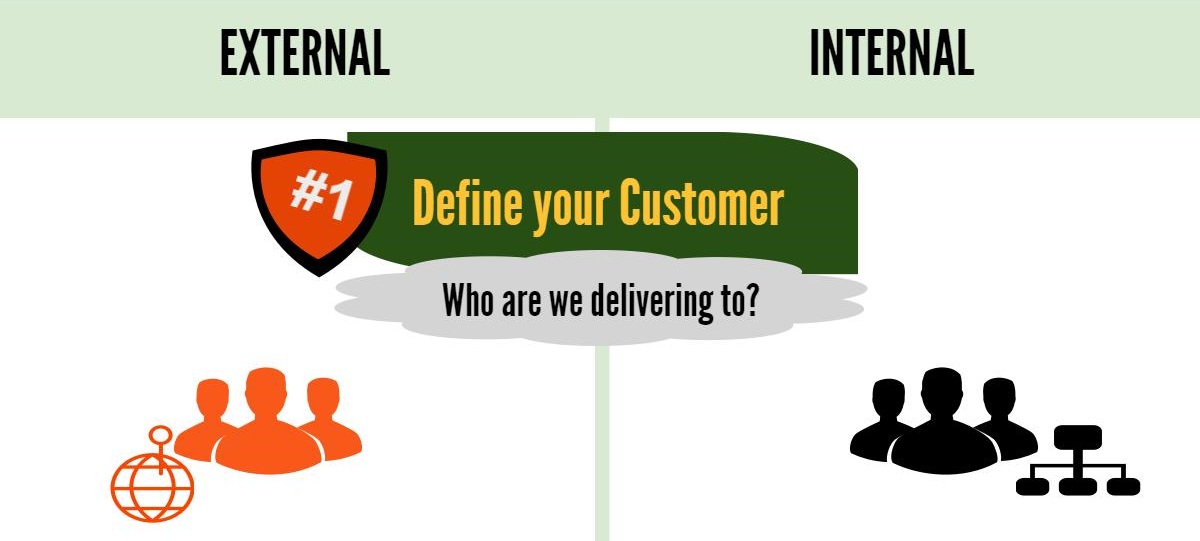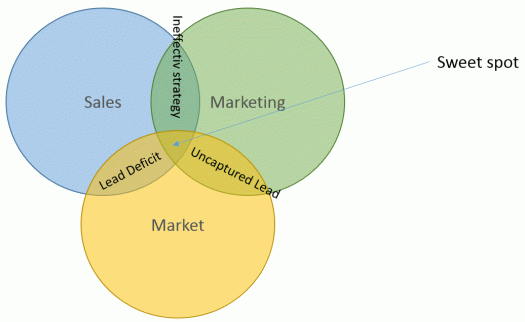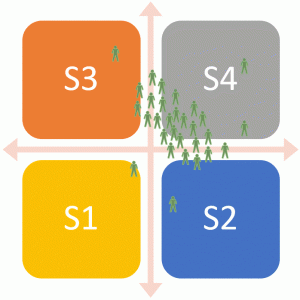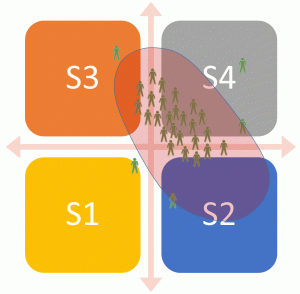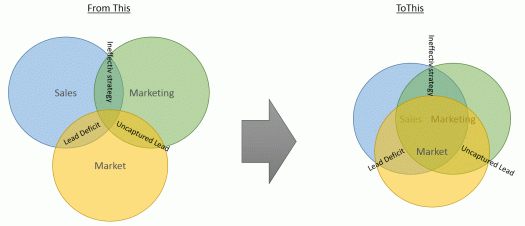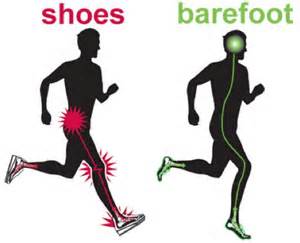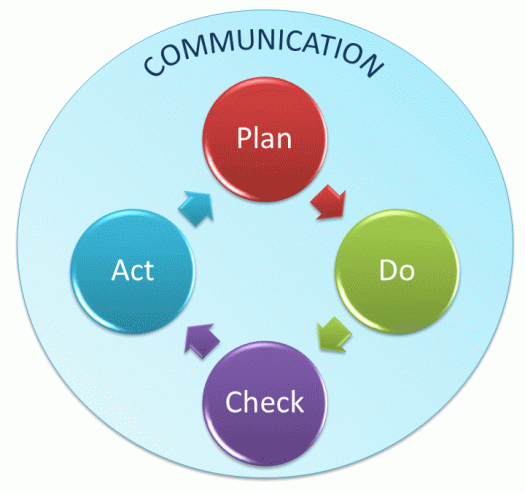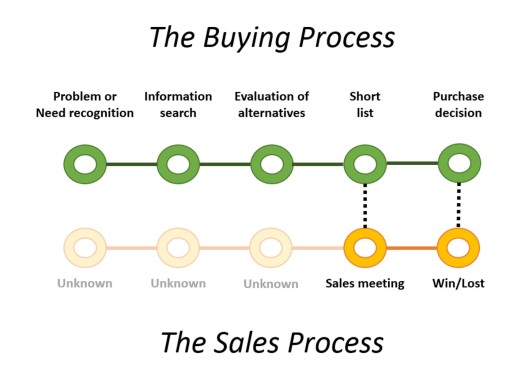In the good old days, sales people were able to fill their portfolio with stock items and hit the road selling those, without much preferences if customers’ needs fit to that product. But now, customers are demanding 100% solution of their problems.
Some time ago, in a world of never ending market growth, goods had to be produced cheaper and cheaper, driving competition harder and harder. All eyes were focused on how to source and produce to the lowest cost as possible, not what customer really needed.
Customers thought they were needed the offered goods – and for sure, they couldn’t find anything else. And customers were right, not much were changing from year to year or even from decade to decade. Globalization – as we now it today – driven by the internet revolution hadn’t started yet. Companies were pretty happy to source their business with goods available.
Then something happened. A great paradigm shift, from producers’ point of view to customers’.
The introduction of internet started a customer education process. First at slow pace, but soon accelerating. Customers started to get informed using available information and with social media introduction, they were also able to discuss within their networks about their problems and needs, just to get as informed they could before they engaged with a salesman.
Today, this paradigm shift is fully completed. The customer has made himself comfortable in the driver’s seat and decisions are made fully informed. But they still need help to match products with their needs, in detail.
On the selling side, we meet with fully informed customers, so it shouldn’t be any problem – if you are informed at the same level about your products. In my blog post Why Expertise Outperforms Process , I explain why being an expert on your own products or services is mandatory these days.
But my point is, if the salesman’s offer don’t fit 100%, the customer don’t solve 100% of their problems. The result on your customer’s side is not reaching their fully potentials and goals, leading to decreased competiveness. On the selling side, you may lose the deal to a competitor meeting 100% of the needs. Or, have a lot more work to get it. Work including persuasion, product customizations, discussions, motivations an much more hassle to eventually end up with the signed contract.
My advice is simple. Only go for opportunities you know you will solve 100% of your customer’s needs.

In an efficient sales process, the first stage – qualification – secures no deal is allowed to pass if not a couple of qualification questions are having positive answers. Common questions are such as if customer has budget, if you talk to the decision makers, if investment is intended in reasonable time frame, if competition is not too overwhelmingly and so on.
“If your product fit” sometimes is one of these questions, but not too often the most important and never the only one. Why? It should be.
Think about the “good old days” when everything you produced could be sold, no matter what. The salesman was king and customers were trusted him as The Voice from the world outside.
Those days could be revived once again, if your product is solving 100% of your customers’ needs and most of your time is spent on helping your customer understand and trust that.
Doing so before you qualify your opportunity in your sales process, will save tremendous amount of hassle and time. But to afford to spend all your time on fit matching, you need to say NO to opportunities that not have any potential to pass the “Fit Test”.
Good luck!
Stefan


